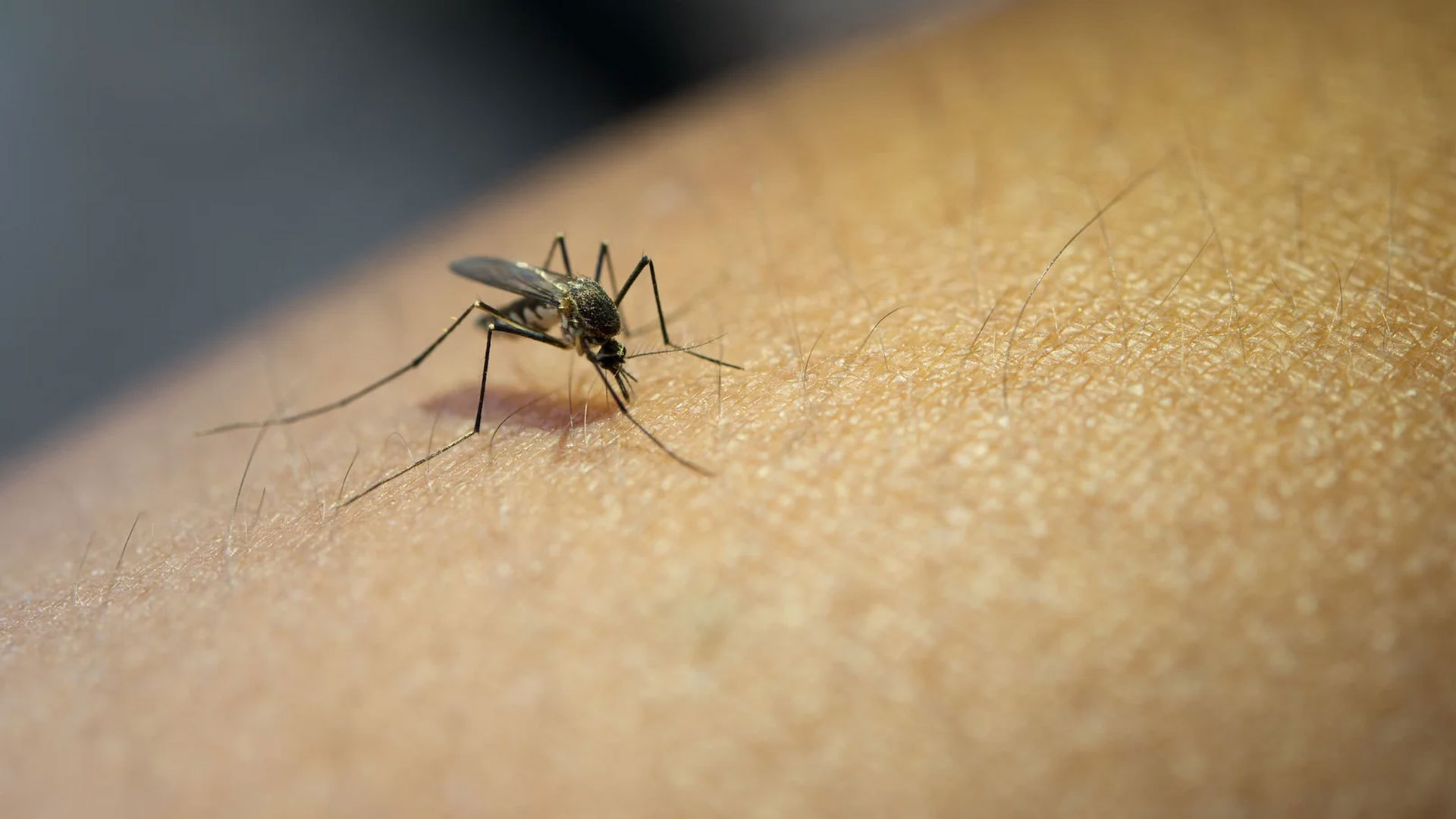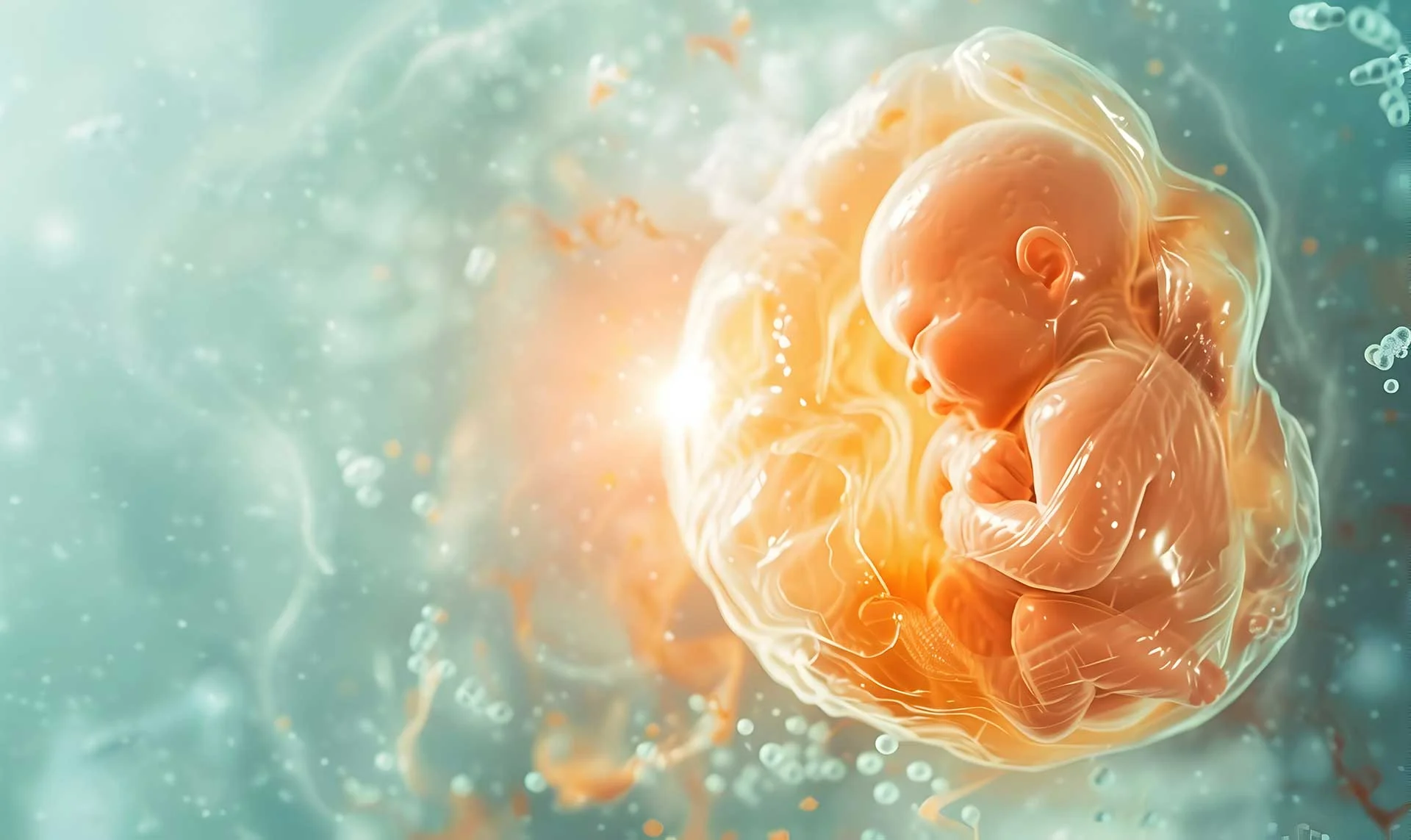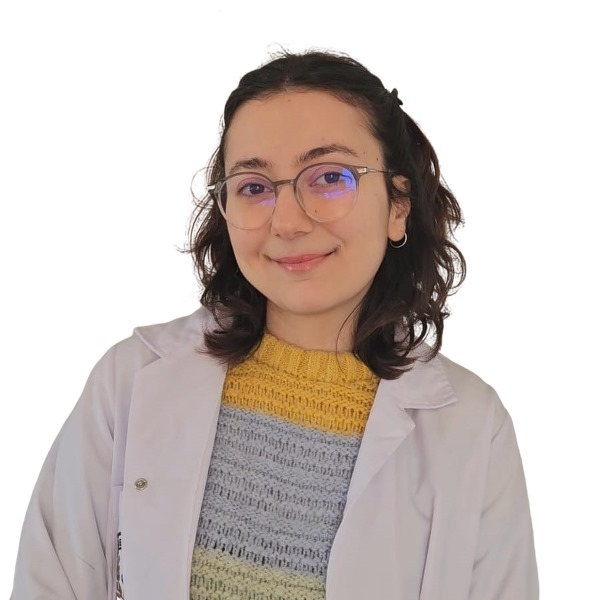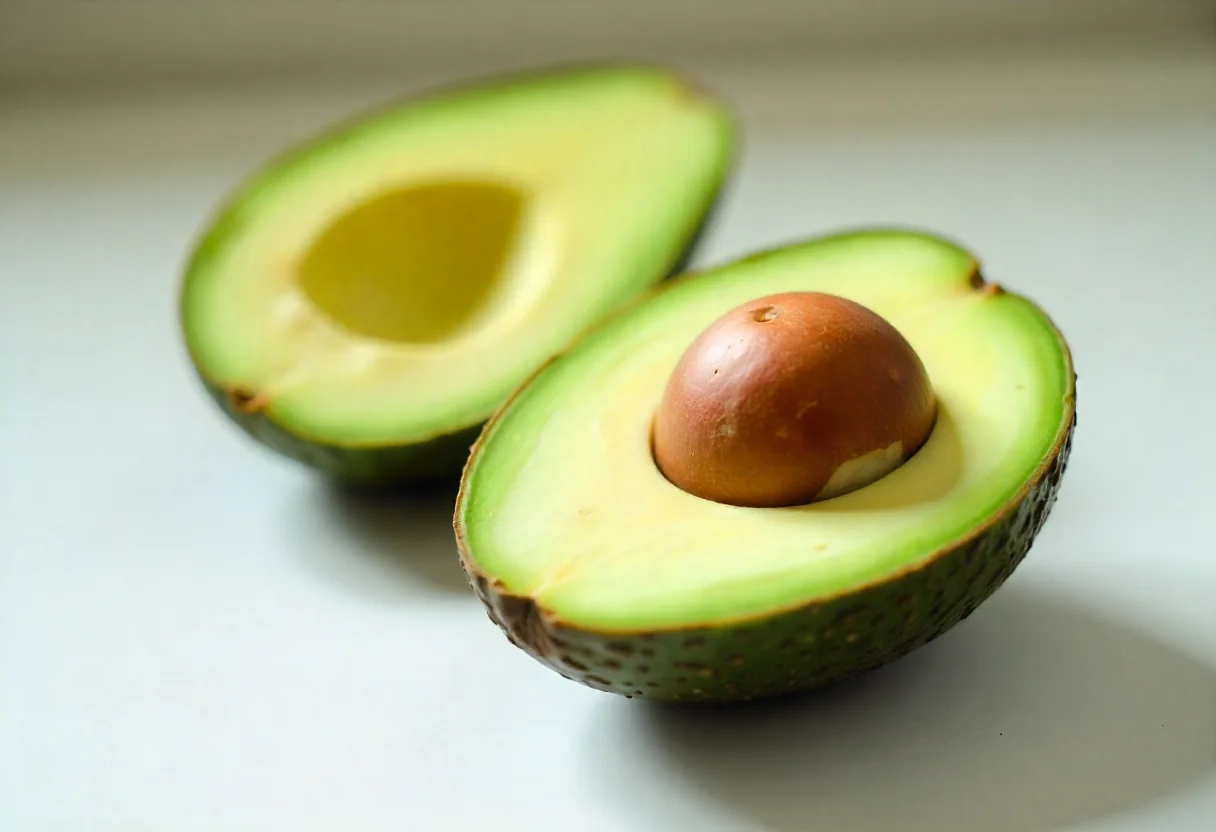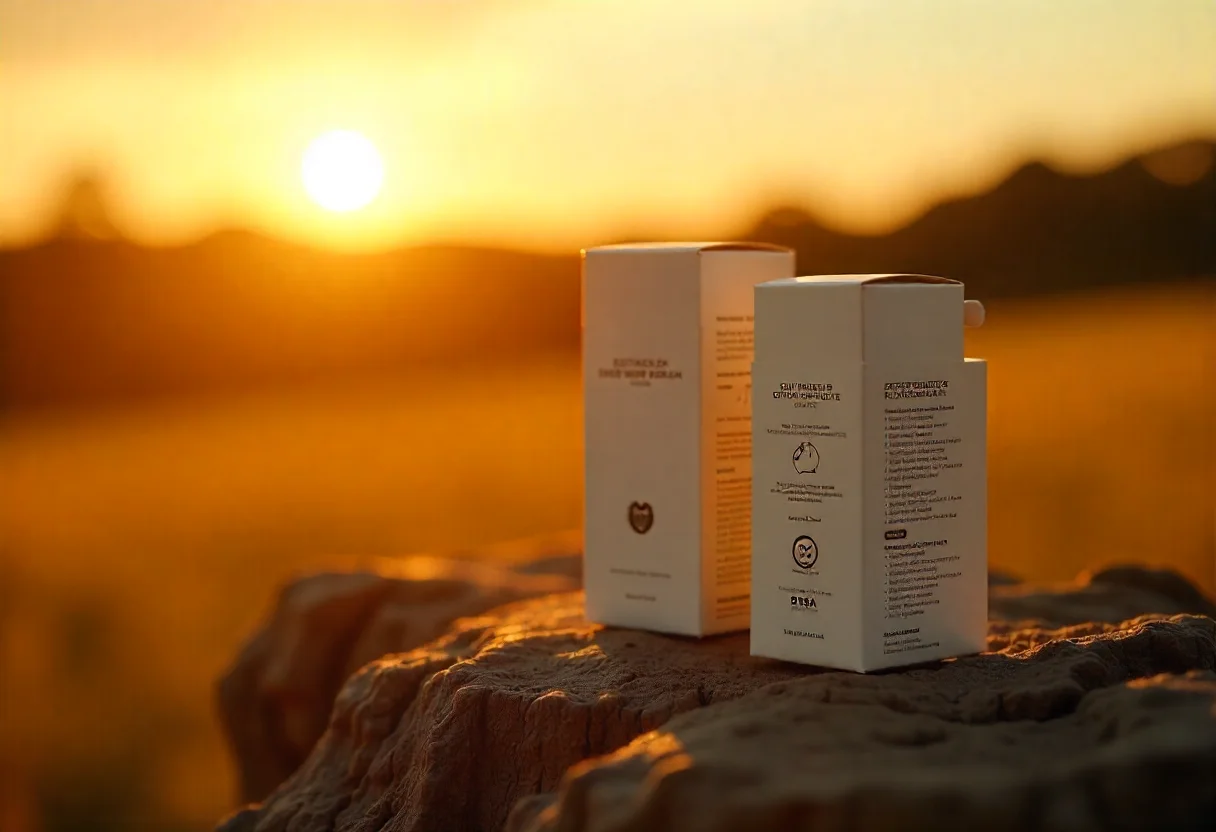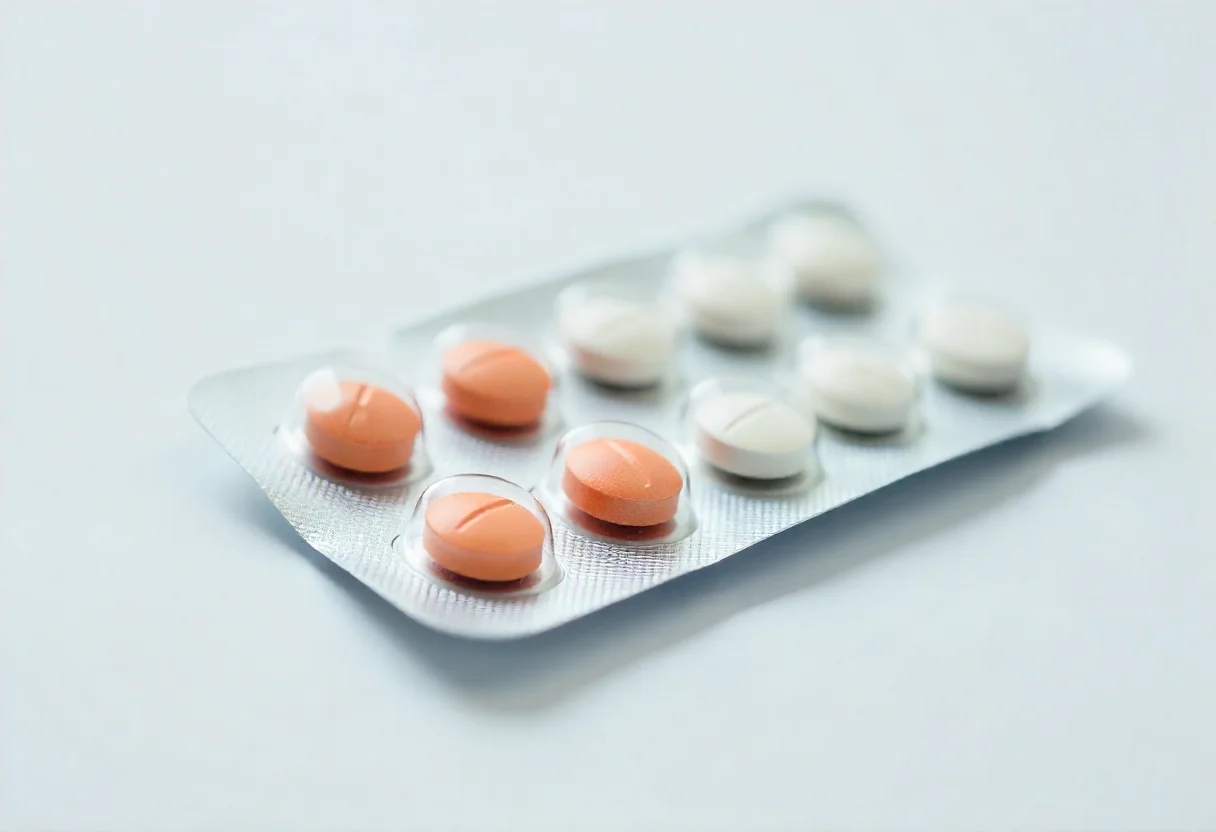"Milk thistle is a powerful herb that has become a symbol of liver health, with its use dating back to thousands of years."
What is Milk Thistle?
Silybum marianum, also known as milk thistle or Marian thistle, is a biennial herbaceous medicinal plant belonging to the Asteraceae family.
Although the plant is native to Europe, it is now cultivated in many regions around the world, including Asia and the Americas. In Türkiye, it grows in regions such as Thrace, Western, and Southern Anatolia.
Where does the name “Marian thistle” come from?
According to legend, Mary sought refuge among the thorny leaves of this plant while nursing baby Jesus. It is believed that the white veins on the leaves of the plant were caused by drops of Mary’s milk during breastfeeding. This story gave rise to the popular belief that the plant is beneficial for breastfeeding mothers.
What were the traditional uses of milk thistle in the past?
The plant has a long history and has been used in traditional medicine for various liver and gallbladder diseases. In addition to conditions such as hepatitis, cirrhosis, and jaundice, it has also been used to protect the liver against toxins like snake venom, mushroom poisoning, and alcohol.
What is the active ingredient of milk thistle?
The main active compound in milk thistle extract, known as silymarin, is found in the seeds, leaves, and fruits of the plant.
The term silymarin actually refers to a group of flavonolignan compounds present in the plant, including silybin A and B, isosilybin A and B, silibinin, silydianin, and silychristin.
Among these, the most biologically active component is silybin.
Antioxidant activity of milk thistle
Silymarin, the active component of milk thistle, acts as a powerful antioxidant that protects the liver from harmful free radicals that can damage liver cells.
It exerts this effect by scavenging free radicals, activating various antioxidant enzymes, and increasing the concentration of cellular glutathione, which is an important antioxidant compound.
Hepatoprotective activity of milk thistle
Silymarin has been used for centuries due to its liver-protective effects. Various clinical studies have shown that silymarin improves liver function and reduces liver-related mortality in patients with cirrhosis, especially those with alcohol-related or non-alcoholic fatty liver disease.
Milk thistle supports the repair and regeneration of liver cells. This effect is particularly valuable for healing liver damage caused by various toxins and medications.
Additionally, silymarin strengthens the outer membranes of liver cells, preventing harmful toxins from penetrating the liver. It also contributes to protein synthesis, which is essential for the liver to perform its functions efficiently.
Anti-tumor activity of milk thistle
Various studies have shown that silymarin may inhibit the proliferation of different tumor cells, including those of the prostate, breast, colon, ovary, lung, and bladder.
However, there are only a limited number of reports indicating that silymarin has been directly prescribed to cancer patients, and further research is needed to confirm its effectiveness and safety in this context.
The role of milk thistle in mushroom poisoning
Poisoning from Amanita phalloides (death cap mushroom) is associated with severe morbidity and high mortality due to liver failure.
Silibinin, derived from milk thistle extract, has antioxidant and anti-inflammatory effects. It blocks the uptake of amatoxins (toxins found in these mushrooms) by cells, preventing the toxin from entering the enterohepatic circulation (the process by which substances excreted into the bile and released into the intestines are reabsorbed and returned to the liver).
The role of milk thistle on diabetes
In a study conducted on diabetic patients with cirrhosis, those treated with silymarin showed significantly lower fasting blood glucose and daily blood glucose levels.
Their daily insulin requirements also reduced at the 6-month mark compared to untreated patients and their baseline levels.
Summary
Milk thistle is a valuable plant, especially known for supporting liver health, and has been used for medicinal purposes for many years.
Known as Silybum marianum, this plant has traditionally been used to treat conditions such as hepatitis, cirrhosis, and jaundice, as well as to protect against poisoning and toxins.
The active compound of the plant, silymarin, protects liver cells from free radicals with its antioxidant properties, supports cell repair, prevents toxins from entering the cells, and contributes to protein synthesis.
Additionally, some studies have shown that it may inhibit the proliferation of cancer cells and help control blood sugar in diabetic patients.
In cases of mushroom poisoning, it can provide vital protection by preventing amatoxins from re-entering the liver.
Frequently Asked Questions About Milk Thistle
- Is milk thistle safe to use?
Silymarin has been reported to have a very good safety profile.
Additionally, when administered orally to adults in doses ranging from 240 to 900 mg per day, it has generally been shown to be non-toxic.
- What are the side effects of milk thistle?
Although the potential for side effects is low, possible symptoms may include excessive sweating, abdominal cramps, nausea, vomiting, diarrhea, and weakness.
One study suggests that taking more than 1500 mg of silymarin daily may cause a laxative effect along with increased bile flow and secretion.
- Does milk thistle interact with medications?
A study on silymarin observed that when used at normal therapeutic doses, it does not affect the activity of liver enzymes responsible for drug metabolism.
Therefore, it does not interact with most medications.
- Can milk thistle be used during pregnancy and breastfeeding?
Although milk thistle has traditionally been used to stimulate milk production in breastfeeding mothers, there is insufficient data regarding its safety during pregnancy and breastfeeding.
In one study, a woman with chronic hepatitis B took lamivudine (an active ingredient used in the treatment of HIV and hepatitis B) before and during pregnancy, and was administered 150 mg of silymarin twice daily during this period.
No adverse effects were observed at the 13th week of pregnancy, and no fetal abnormalities were detected.
Zhang X, Liu M, Wang Z, Wang P,
Kong L, Wu J, Wu W, Ma L, Jiang S, Ren W, Du L, Ma W, Liu X. A review of
thebotany, phytochemistry, pharmacology,
syntheticbiologyandcomprehensiveutilization of Silybummarianum. (2024).
https://pubmed.ncbi.nlm.nih.gov/39055491/
Arş. Gör. Aytaç AKAY, İstanbul
ÜniversitesiTıbbi Bitkisel Ürünler Araştırma ve Danışma Platformu. (2020).
https://tibuad.istanbul.edu.tr/tr/content/blog/silybum-marianum-(meryemmana-dikeni)
Abenavoli L, Capasso R, Milic N,
Capasso F. Milkthistle in liverdiseases: past, present, future. (2010).
https://pubmed.ncbi.nlm.nih.gov/20564545/
Marmouzi I, Bouyahya A, Ezzat SM,
El Jemli M, Kharbach M. ThefoodplantSilybummarianum (L.) Gaertn.:
Phytochemistry, Ethnopharmacologyandclinicalevidence. (2021).
https://pubmed.ncbi.nlm.nih.gov/32877720/
Soleimani V, Delghandi PS, Moallem
SA, Karimi G. Safetyandtoxicity of silymarin, themajorconstituent of
milkthistleextract: An updatedreview. (2019).
https://pubmed.ncbi.nlm.nih.gov/31069872/
Qavami N, Naghdi Badi H, Labbafi M,
Mehrafarin A. A Review on Pharmacological, CultivationandBiotechnologyAspects
of MilkThistle (Silybummarianum (L.) Gaertn.). (2013).
https://jmp.ir/article-1-76-en.pdf
Afzal, Uswa&Muslim,
Mubarra& Muhammad, Syed&Raza, Komail&Afzal, Asna &Jawad,
Muhammad &Akram, Meraj&Akram, Iman &Arain, Muhammad Bilawal&Mehr,
Pir &Shah, Ali. MilkThistleanditsTherapeuticPotential in LiverDisorders: A
ComprehensiveReview. International Journal of AgricultureandBiology. (2024).
https://www.researchgate.net/publication/385739784_Milk_Thistle_and_its_Therapeutic_Potential_in_Liver_Disorders_A_Comprehensive_Review
Emadi SA, GhasemzadehRahbardar M,
Mehri S, Hosseinzadeh H. A review of therapeuticpotentials of milkthistle (Silybummarianum L.)
andits main constituent, silymarin, on cancer, andtheirrelatedpatents. (2022).
https://pubmed.ncbi.nlm.nih.gov/36311193/
Mengs U, Pohl RT, Mitchell T.
Legalon® SIL: theantidote of choice in
patientswithacutehepatotoxicityfromamatoxinpoisoning. (2012).
https://pubmed.ncbi.nlm.nih.gov/22352731/
Bahmani M, Shirzad H, Rafieian S,
Rafieian-Kopaei M. Silybummarianum: Beyond Hepatoprotection. Journal of
Evidence-BasedComplementary&AlternativeMedicine. (2015).
https://pubmed.ncbi.nlm.nih.gov/25686616/
Zuber R, Modrianský M, Dvorák Z,
Rohovský P, Ulrichová J, Simánek V, Anzenbacher P. Effect of
silybinanditscongeners on humanlivermicrosomalcytochrome P450 activities.
(2002).
https://pubmed.ncbi.nlm.nih.gov/12410543/
Megha S. Shah, KamtheShraddha,
GundeDashrath, SatoskarSnehaand Dr. Rajesh J. Oswal, A
systemicphytopharmacologicalreview of multipotentialmedicinalplantmilkthistle.
(2020).
https://wjpr.net/abstract_file/14911





